Abies concolor ‘Candicans’ the Bluest of the Blue
It is not often we see Firs, the common name for the genus Abies, a hardy evergreen tree of the Pine Family, growing in the landscape throughout our area. Firs are generally 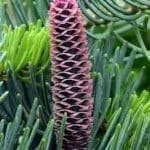 conical in shape and of particular beauty in youth. Their upright cones and flat leaves (needles) distinguish them from the Spruces, which have pendant cones and angular leaves. New cones are showy, varying with different species through bright shades of purple, violet, blue, red-brown and green. Their branches are stiff and the foliage is bristly to the touch.
conical in shape and of particular beauty in youth. Their upright cones and flat leaves (needles) distinguish them from the Spruces, which have pendant cones and angular leaves. New cones are showy, varying with different species through bright shades of purple, violet, blue, red-brown and green. Their branches are stiff and the foliage is bristly to the touch.
Firs are attractive in the landscape while young and must be carefully placed if they are not to be moved later. In the lawn they are more suitable for grouping in the background than for use as specimens in an open area. If happily situated as to soil (moist and well-drained) and exposure, the species maintain their fine appearance into maturity.
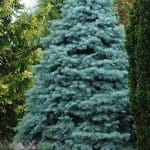 Abies concolor (White Fir) is one of the most desirable species and is native to the western United States. Concolor refers to the needles having the same color on top and bottom. Its needles are bluish and the new growth is light colored, giving it a more cheerful appearance than that of most evergreens. This is enhanced by the smooth and light gray trunk and branches. As the tree matures, the bark becomes deeply fissured and scaly. The White Fir withstands heat and drought better than other firs. Young trees should be protected from the winter wind.
Abies concolor (White Fir) is one of the most desirable species and is native to the western United States. Concolor refers to the needles having the same color on top and bottom. Its needles are bluish and the new growth is light colored, giving it a more cheerful appearance than that of most evergreens. This is enhanced by the smooth and light gray trunk and branches. As the tree matures, the bark becomes deeply fissured and scaly. The White Fir withstands heat and drought better than other firs. Young trees should be protected from the winter wind.
Abies concolor ‘Candicans’ is one of the finest White Firs and was originated in 1929 at the Arboretum National des barres in France. ‘Candicans’ is one of the bluest of all conifers and rivals the bluest specimens of blue spruce. The bright needles grow to 1.5 to 2.25 inches in length and spread outward and curve upward. ‘Candicans’ color and texture create a nice contrast with the greens of deciduous trees and shrubs in the landscape. It grows to 50 feet tall and 20 to 30 feet wide and can be one of the most ornamental evergreens in the landscape.

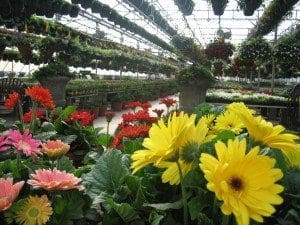

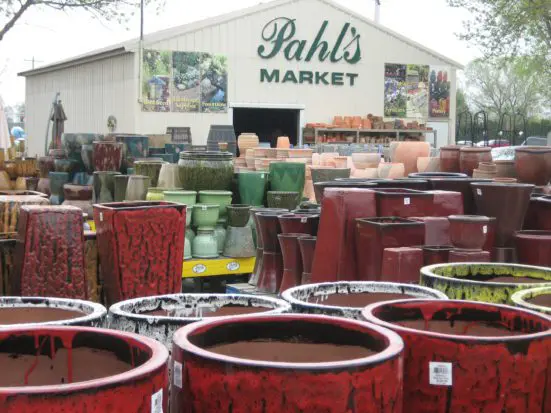








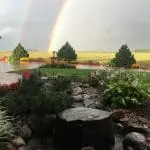


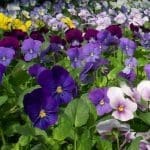

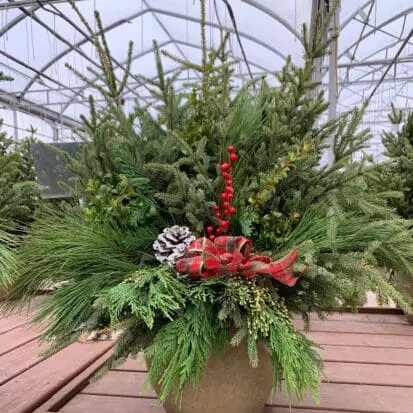

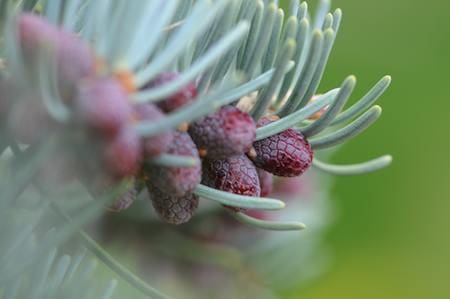

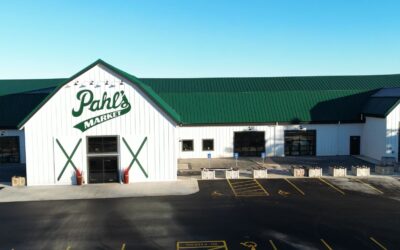

0 Comments